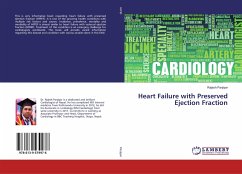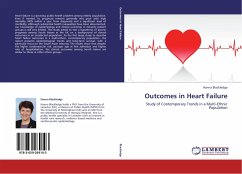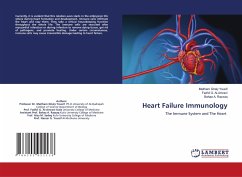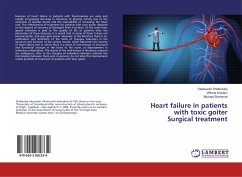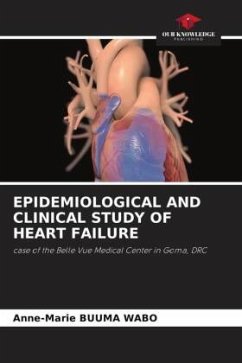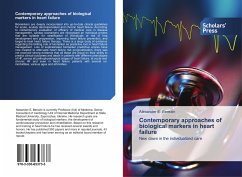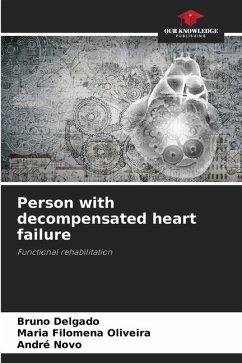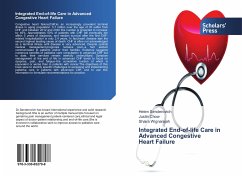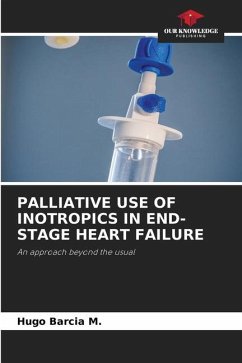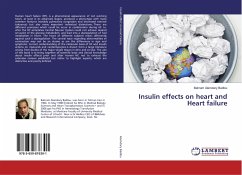
Insulin effects on heart and Heart failure
Versandkostenfrei!
Versandfertig in 6-10 Tagen
36,99 €
inkl. MwSt.

PAYBACK Punkte
18 °P sammeln!
Human heart failure (HF), is a phenomenal appearance of not working heart, at least in its advanced stages, produces a phenotype with many common features (notably pulmonary congestion and decreased exercise tolerance) but also many important individual distinctions. There are different processes which could be occur in combination during HF i.e. after the HF sometimes Central Neuron System could not achieve desired set point of the glucose metabolism, and lead into a dysregulation of fuel metabolism in heart. The heart of different subjects reacts differently against such a dysregulation. The...
Human heart failure (HF), is a phenomenal appearance of not working heart, at least in its advanced stages, produces a phenotype with many common features (notably pulmonary congestion and decreased exercise tolerance) but also many important individual distinctions. There are different processes which could be occur in combination during HF i.e. after the HF sometimes Central Neuron System could not achieve desired set point of the glucose metabolism, and lead into a dysregulation of fuel metabolism in heart. The heart of different subjects reacts differently against such a dysregulation. The central issue regarding abnormalities of contraction may not be an elusive as are the differences in sign and symptoms. Current understanding of the molecular basis of HF and insulin actions on myocards and cardiomyocytes is drawn from a large literature arising from studies of the major target tissues in vitro and ex-vivo. The aim of this book is to bring together all scientific basic and clinical knowledge about insulin effects prior and after human HF; not to exhaust the extensive reviews published but rather to highlight aspects, which are distinctive and poorly defined.



